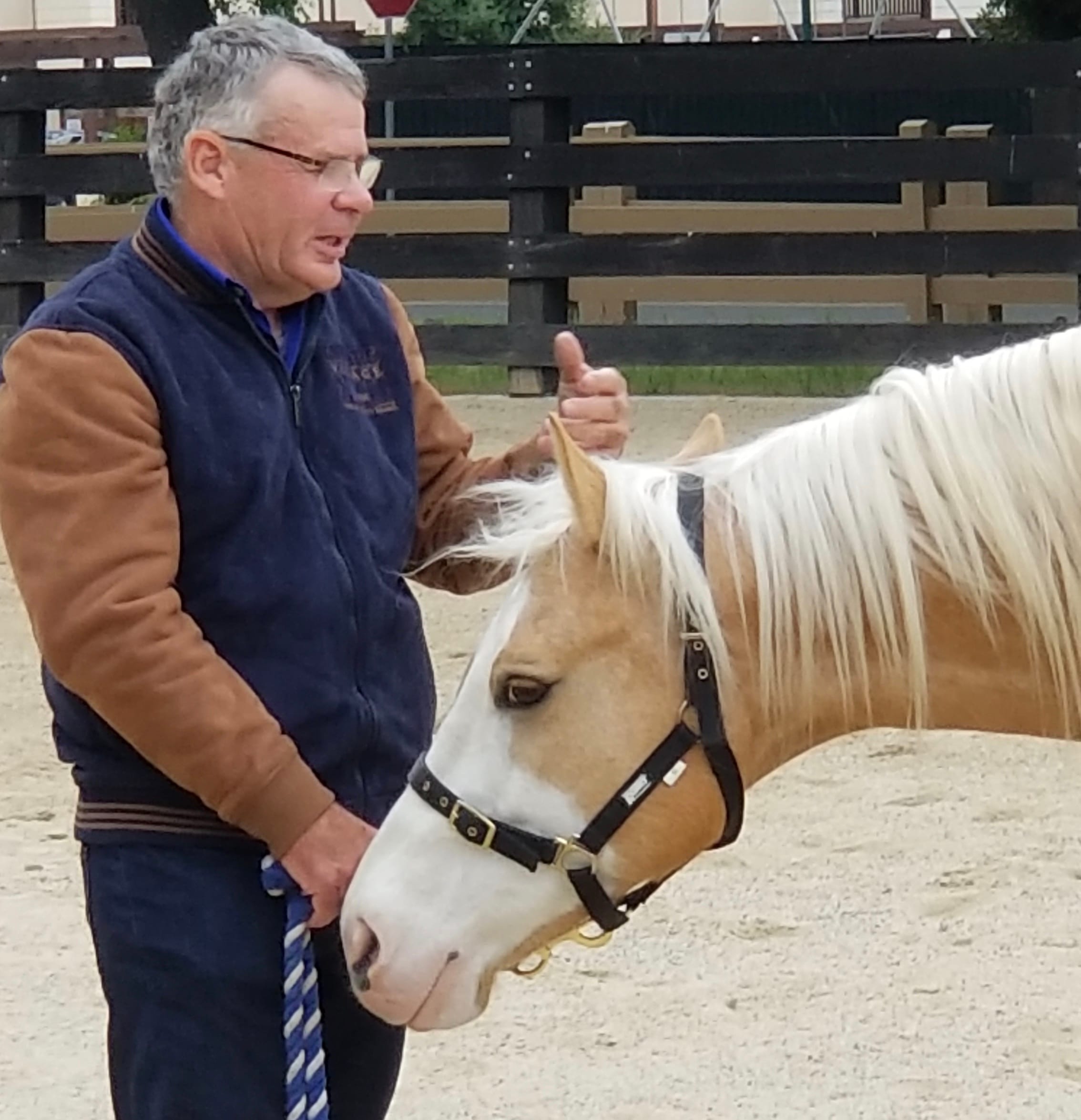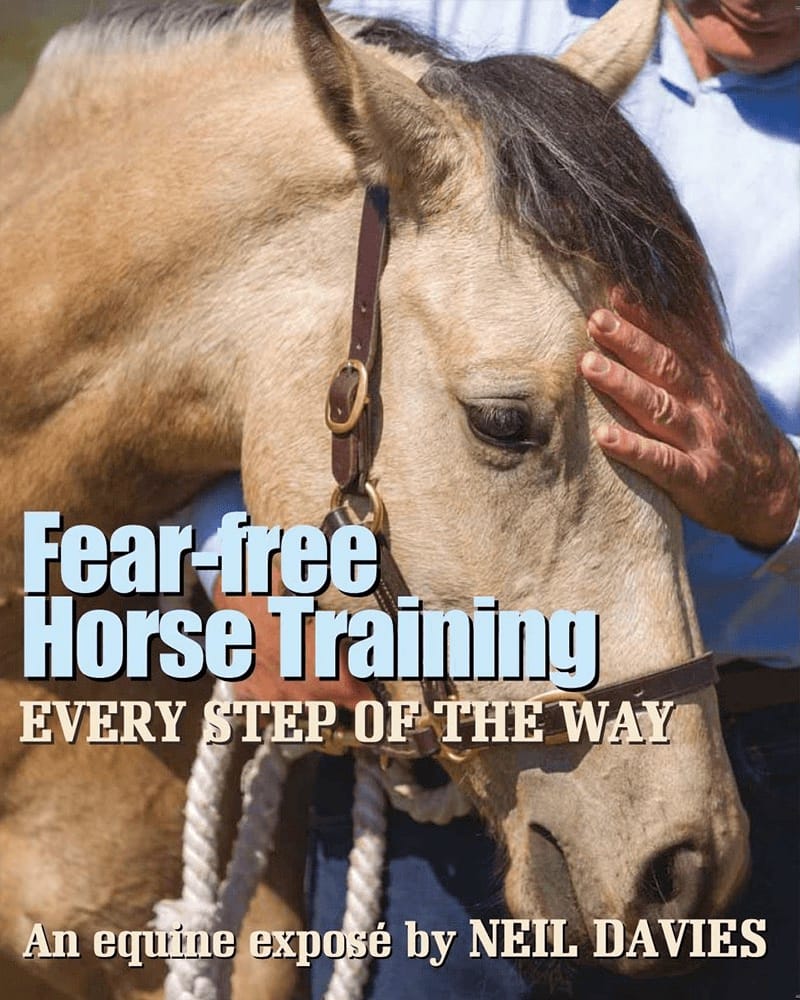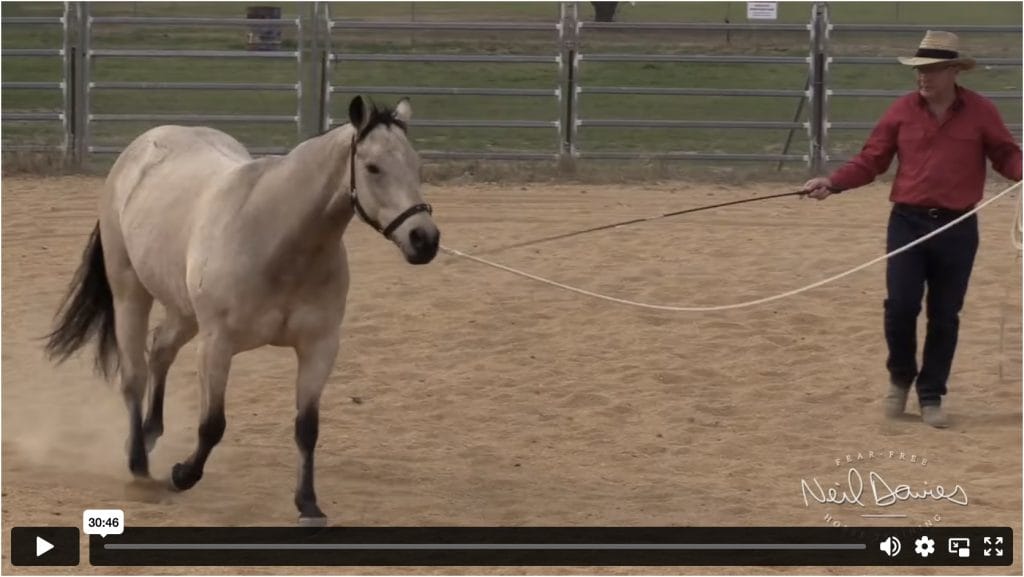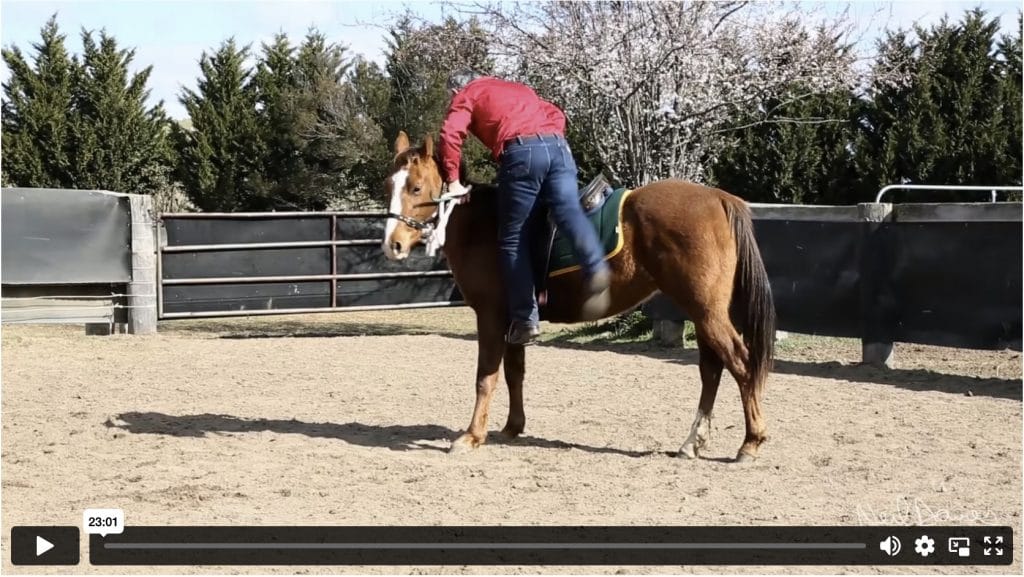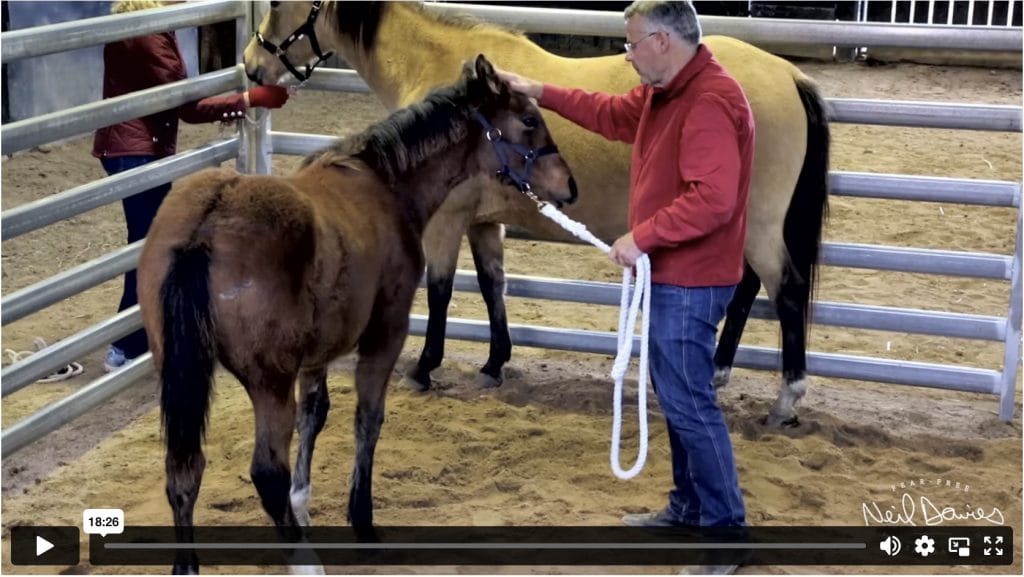A common theme doing the rounds at the moment is that you must desensitise certain parts of a horse and sensitise other parts, in order to ride him and control him.
Apparently, you must desensitise his girth area so he won’t buck and you must sensitise his mouth so he stops.
You must desensitise his legs so they can be handled. You must sensitise his sides so he responds to your leg and on and on it goes.
The best horse I’ve ever ridden was our Australian Stock Horse ‘Digger’.
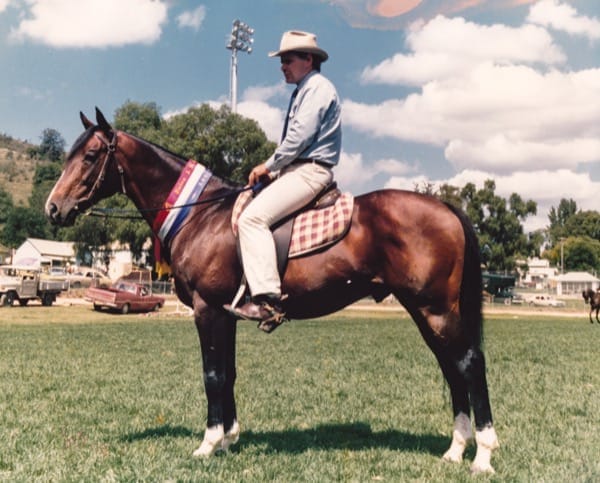
He won many campdrafts and working classes in the 1980s.
Digger was well trained and always tried his hardest for me.
However, when I put a novice rider on him, within five minutes Digger worked out that he didn’t have to do much at all.
He knew there’d be no unpleasant consequences if he didn’t canter on cue or go where he was asked.
Suddenly, Digger was no longer sensitive to his rider’s every move. His sides were no longer ‘sensitised’.
His mouth was no longer ‘soft’. In fact, if he thought he could get away with it, he’d pull the reins from the rider’s hands.
Immediately I remounted and gave him one light touch with a blunt spur, Digger instantly reverted to his best behaviour.
He was suddenly ‘sensitised’ again, and would react to my slightest signal.
Digger knew that his life was easy and pleasant when he did as I asked and slightly unpleasant when he didn’t.
The truth is that his sides and mouth weren’t ‘sensitised’, just as his girth and legs weren’t ‘desensitised’.
Like every other horse on the planet, Digger simply assessed every situation, to work out the easiest thing to do.
His mind worked constantly –
‘Do I have to canter, or can I get away with just walking with this person?
Can I pull the reins from this rider and run home or do I have to move where he asks?’
The truth is that you can’t desensitise certain parts of a horse and sensitise certain other parts.
You can only teach his mind.
You can teach a horse to be relaxed and confident with a saddle and girth or you can teach him to flinch, hump and buck.
You can teach a horse to move forward from your leg or you can teach him to kick up and resist.
Either way, it’s just what you’ve taught him.
Whenever you handle and ride your horse, please remember that you’re not working on his legs, hindquarters, neck, sides, girth, mouth, ears or any other part.
The only part of any horse that anyone can teach is his mind.

